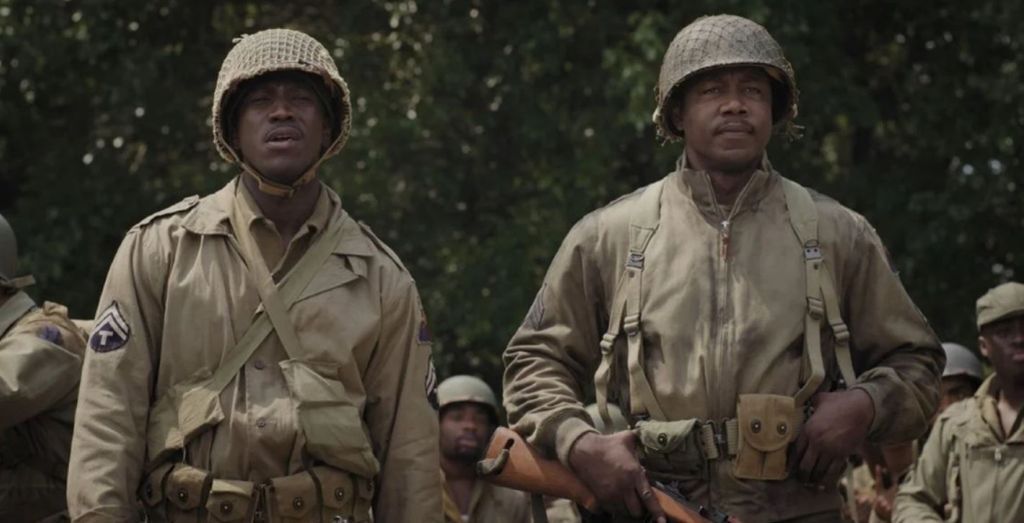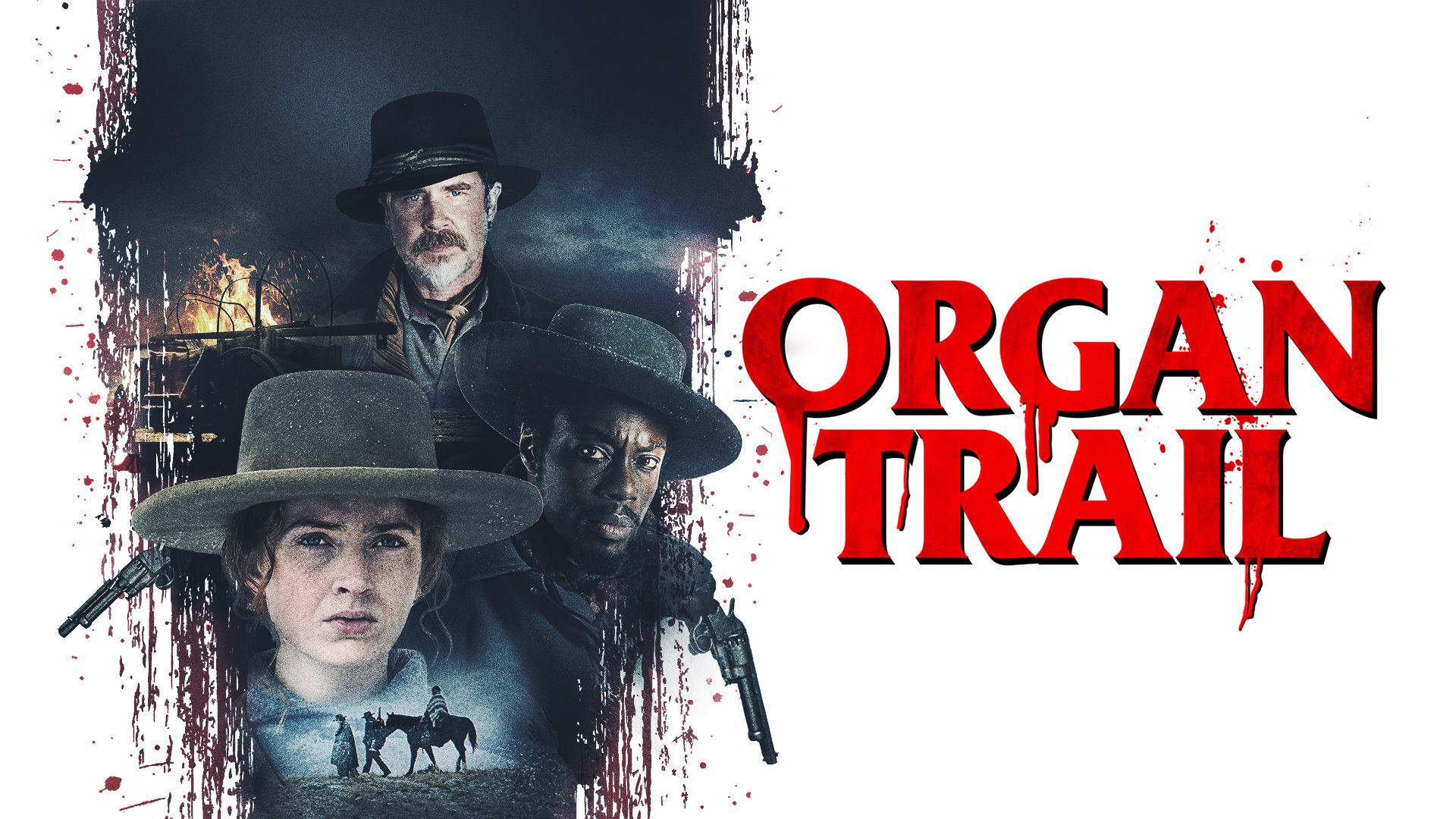
Come Out Fighting is a World War II action film that aims to shine a spotlight on the unsung heroism of the all-Black 761st Tank Battalion—nicknamed “The Black Panthers”—as they embark on a dangerous rescue mission behind enemy lines in Nazi-occupied territory. With a cast that includes Kellan Lutz, Michael Jai White, Tyrese Gibson, and Dolph Lundgren, the film promises gritty action, high stakes, and emotional weight. While its ambitions are noble, the execution is a mix of hits and misses.
The story centers on a small squad tasked with rescuing a missing American fighter pilot after his plane goes down near enemy territory. The mission becomes increasingly perilous as the soldiers are forced to confront overwhelming Nazi forces, limited support, and the racial prejudice that shadows their service—even from their own side.
The main character, Lt. Robert Hayes, played by Hiram A. Murray, is a competent and determined leader who balances duty with personal pride. His team is composed of loyal yet distinct personalities, including Sgt. McCarron (Michael Jai White), a hardened veteran, and Private Anderson (Tyrese Gibson), the comic relief with hidden resolve. Dolph Lundgren appears as a stern commanding officer who has to weigh orders against ethics.
The performances vary in depth. Michael Jai White brings the most gravitas, delivering a grounded, believable portrayal of a battle-hardened soldier. Tyrese Gibson injects some charisma but occasionally overplays moments. Kellan Lutz, as the pilot, adds a subplot that explores camaraderie across racial lines, though his arc feels rushed.
The film’s tone is earnest and sincere, clearly aiming to honor real-world heroes who’ve historically been overlooked. While it succeeds in that mission thematically, some dialogue can be overly simplistic or clichéd, limiting its emotional impact.

As a lower-budget war film, Come Out Fighting makes the most of its resources. Gunfights and battlefield skirmishes are intense but sometimes marred by limited visual effects and uneven editing. The runtime is tight—around 85 minutes—which helps with pacing but doesn’t allow much room for character development or deeper historical context.
The cinematography captures the tension of tight forest ambushes and desolate battlefields, though some scenes feel visually repetitive. There’s an admirable effort to show both the brutality of war and the humanity of the soldiers, even if it occasionally falls flat due to production limitations.
At its heart, Come Out Fighting is about valor in the face of prejudice. It acknowledges the racial challenges Black soldiers faced while fighting for a country that didn’t fully recognize their worth. However, the film doesn’t explore these issues as deeply as it could—it raises important questions but often steps away from real emotional or political complexity.
Come Out Fighting is a modest yet heartfelt war film that pays tribute to real-life heroes. Despite its flaws in pacing, effects, and script, it offers a glimpse into a chapter of history that deserves more attention. For viewers interested in lesser-known WWII stories and willing to look past budget constraints, it’s a worthwhile watch.



